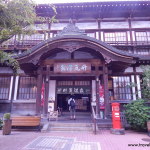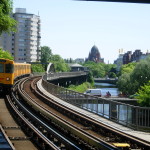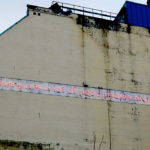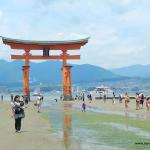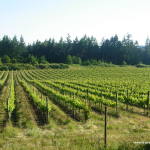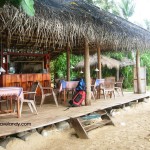Beppu: To the hells and back
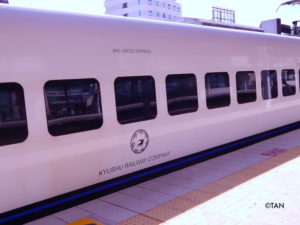
Hell is not somewhere you plan on visiting. But when in Beppu, you should do just that. All eight of them!
From Tokyo, get on a Shinkanshen (Japan’s famous Bullet Train) to Kokura. While a direct train will take you there within five hours, you need to change once at Shin Osaka if you don’t find a direct one. From Kokura, Beppu is less than one-and-a-half hours by a limited express train.
From the station, you can buy tickets that let you enter all the “hells”. Get it and take a bus to the starting point! If you don’t want to spend a day here, you can use lockers at the station to store your luggage for the day.
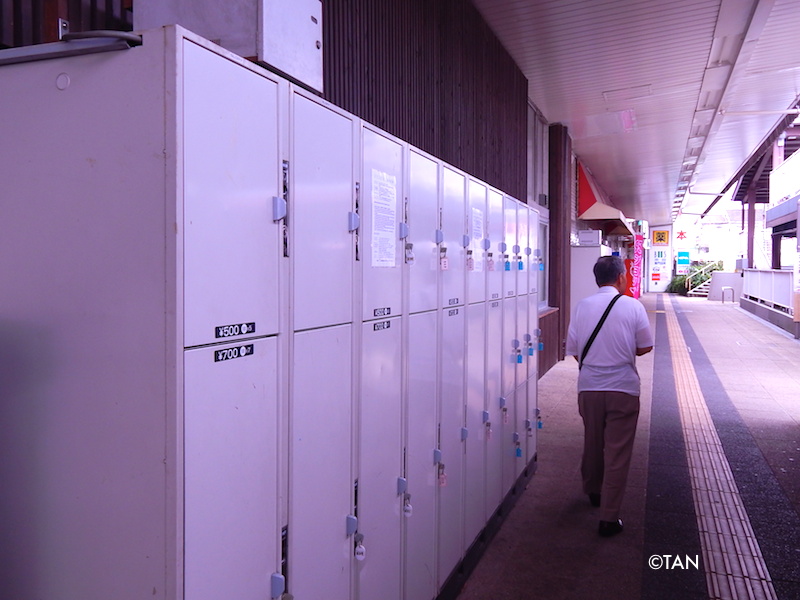
Beppu is a hilly area sitting on hot water and the city is full of hot springs and onsens (Japanese public bath houses with water from hot springs). Some drains constantly smoke here. And these “hells” (“Jigoku” in Japanese) are basically hot springs and geysers that spew out hot and colourful water. And some of the colours, are mind-blowing brilliant.
Be warned, all these “jigoku” areas are highly commercialised. You will find self-service kiosks where you can buy snacks, drinks and ice cream candies among other things, photograph stations and what have you. But the places are still definitely worth a visit. It’s not everyday you come across a natural pool with smoking water as white as milk or water so brilliantly blue that it takes your breath away.
Beppu has eight jigokus in total. Here’s what you can expect at each of them:
Tatsumaki Jigoku
A geyser that sprouts water every 30-40 minutes. They have space for you to wait for the next gush of super-hot water.
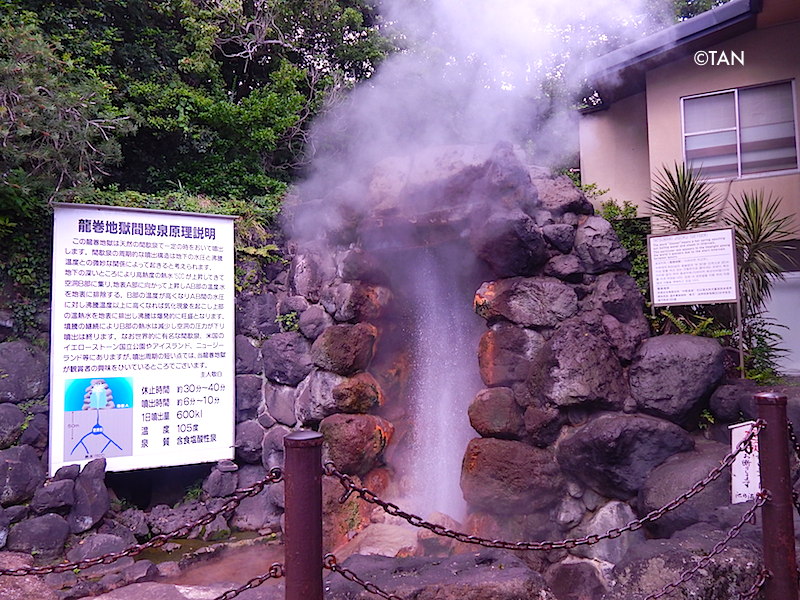
Chinoike Jigoku
Located right next to the geyser, this literally translates to “Blood Pond Hell”. The pool gets its colour from the red-coloured clay in the area that dissolves in the boiling water.
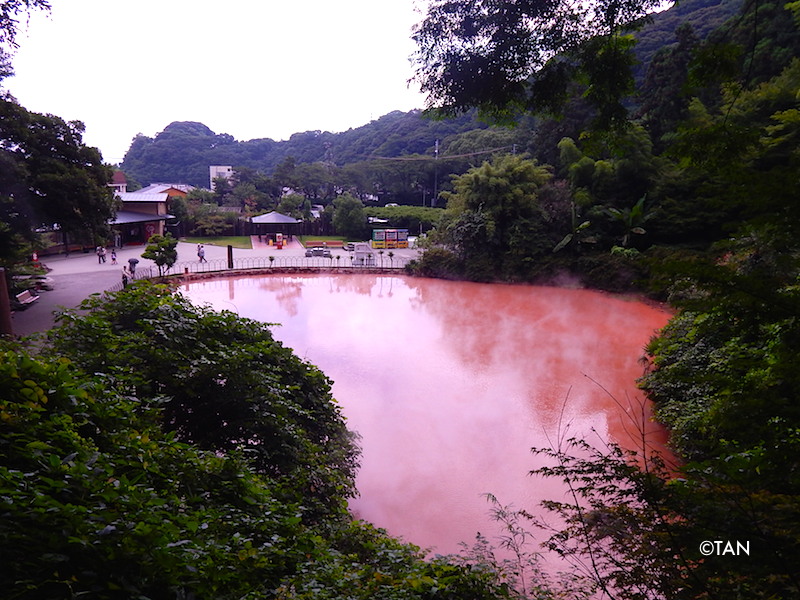
While these two are located in one place, the six others are located in a cluster around 3 kilometres away.
Shiraike Jigoku
This one is called White Pond Hell because of it’s blue-white coloured boiling water.
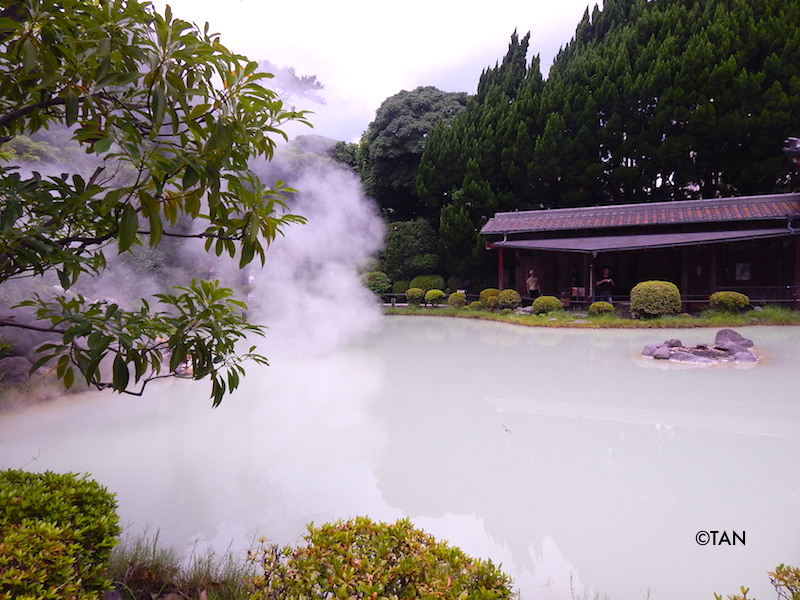
Oniyama Jigoku
The steam here is so strong it can pull one-and-a-half train cars, says an information board at the site. This hot spring creates the perfect condition for breeding crocodiles and you will find many big reptiles being reared in the premises.
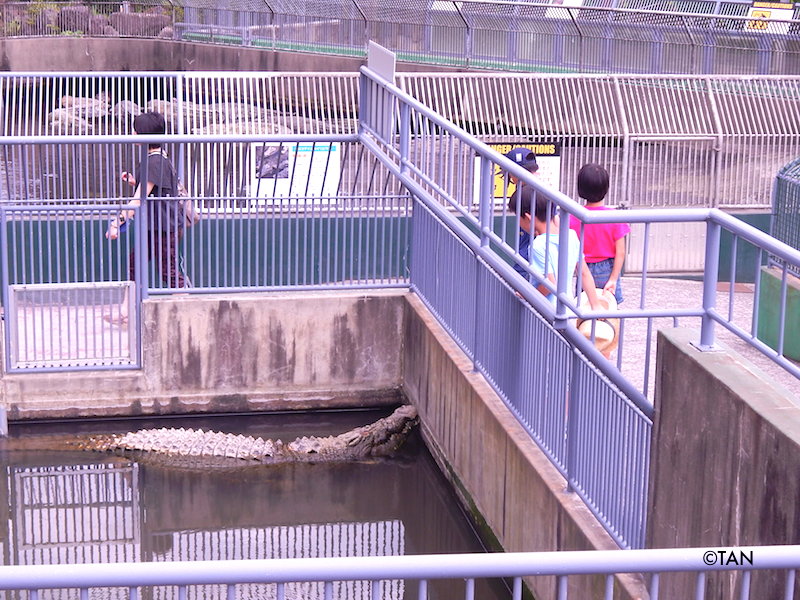
Kamado Jigoku
The “Cooking Pot Hell” features several boiling ponds and the statue of a demon-cook. Visitors can drink the hot spring water, enjoy hand and foot baths, inhale the hot spring steam and try eggs and other snacks cooked or steamed by the hot spring.
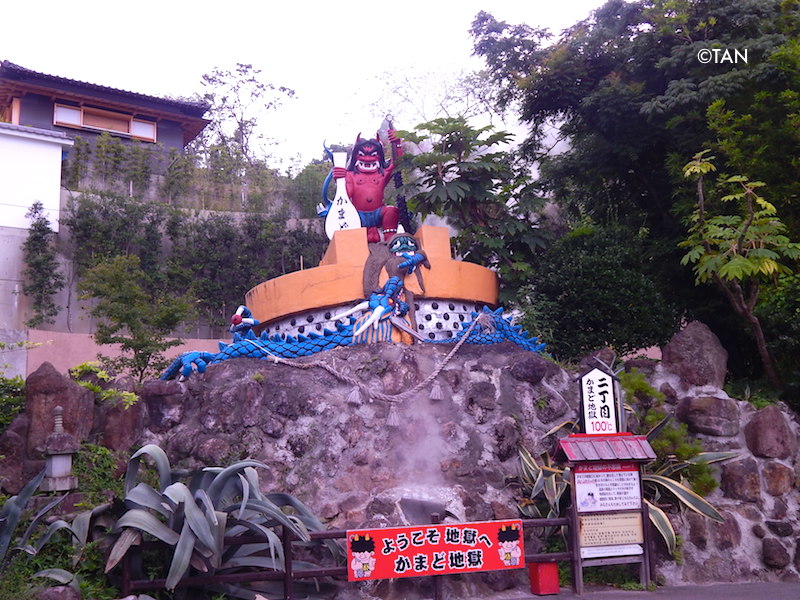
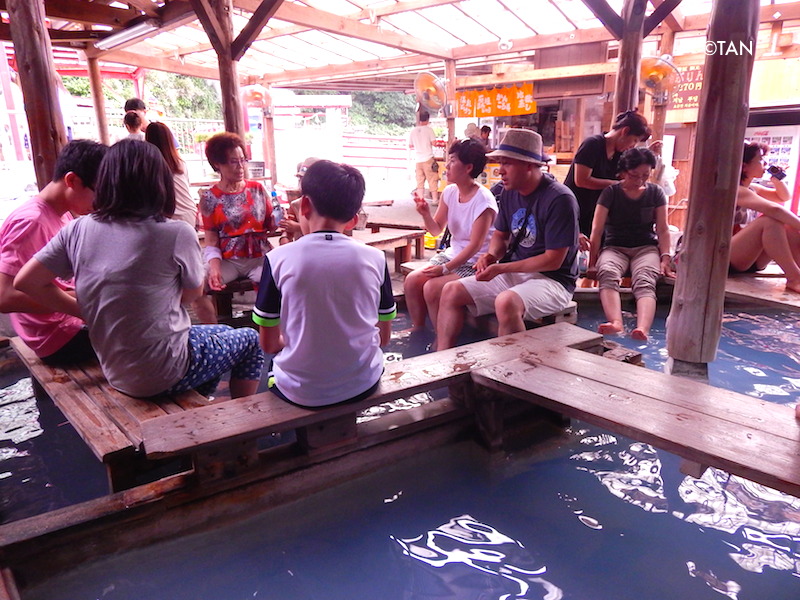
Yama Jigoku
Probably the least impressive of the lot, this one looks more like a zoo with several animals and birds being reared on the premises.
Oniishibiuzu Jigoku
This hell is remarkable for its mud bubbles, which sometimes look like shaved heads of monks. The site also has a foot bath with clear water.
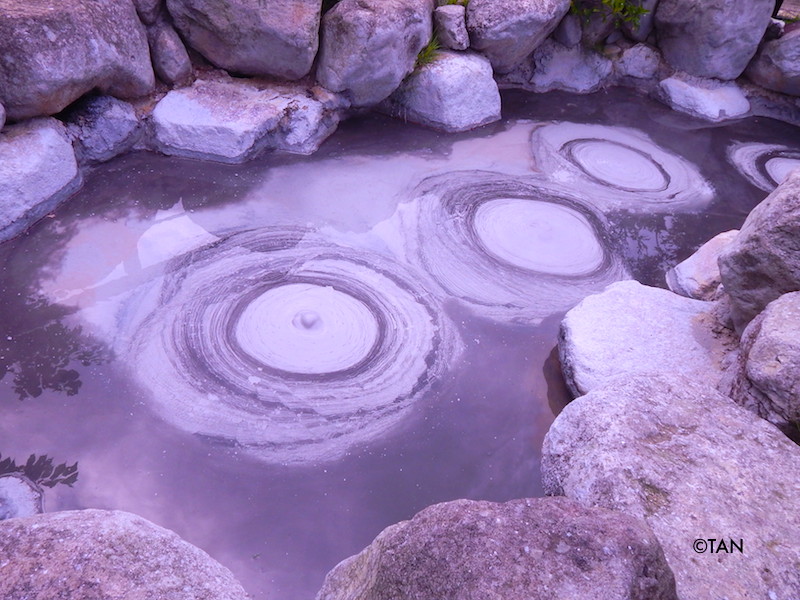
Umi Jigoku
Don’t miss this one. The brilliant blue boiling water of this “hell” looks unearthly.
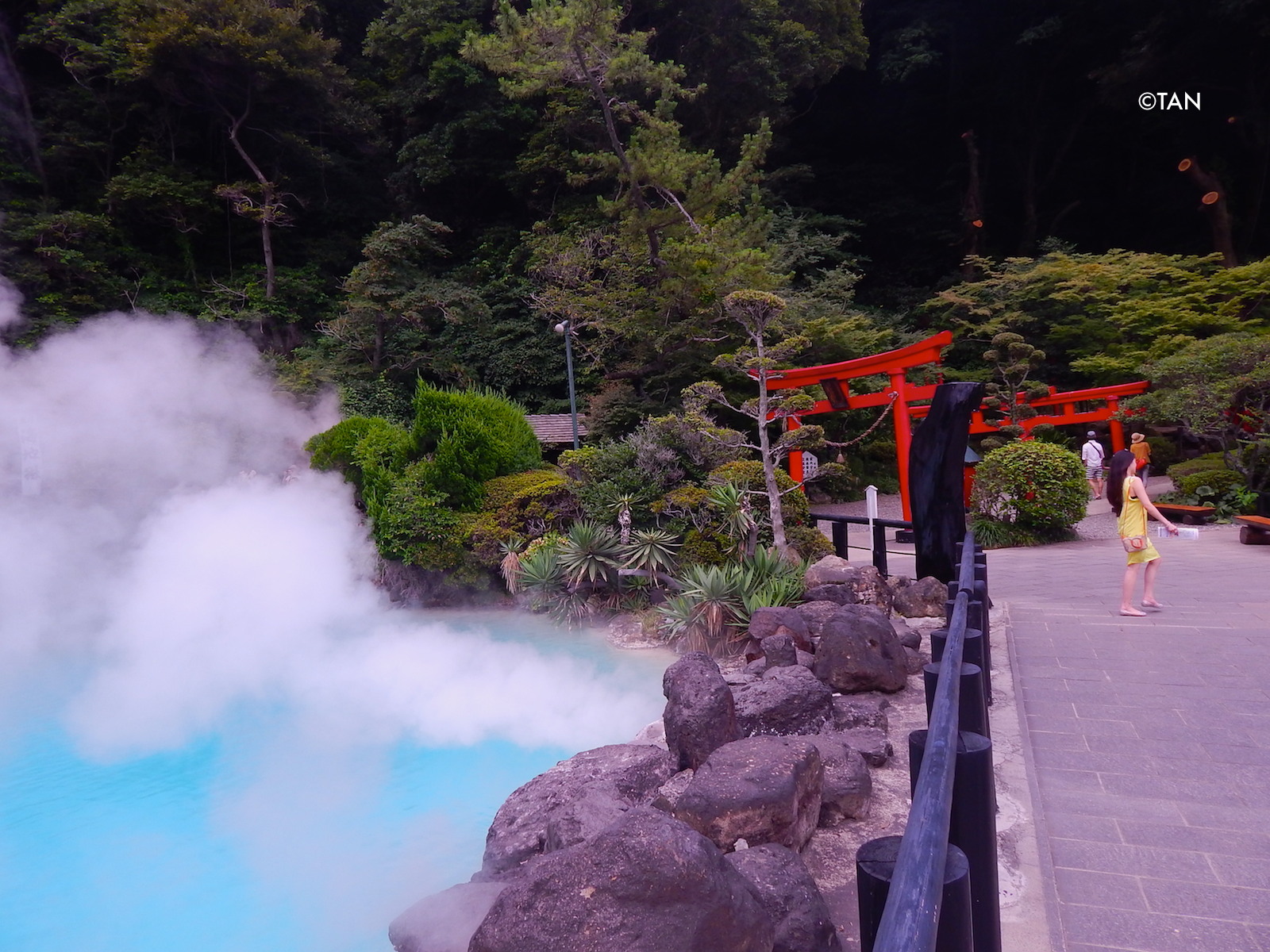
I did not stay in Beppu, but spent several hours and checked out all the “hells” before continuing my journey to Kagoshima. I forget who suggested me to visit this place because Beppu was not in my original Japan itinerary.
Whoever it was, thank you! I’m so glad I paid a visit to these eight ‘hells’.

